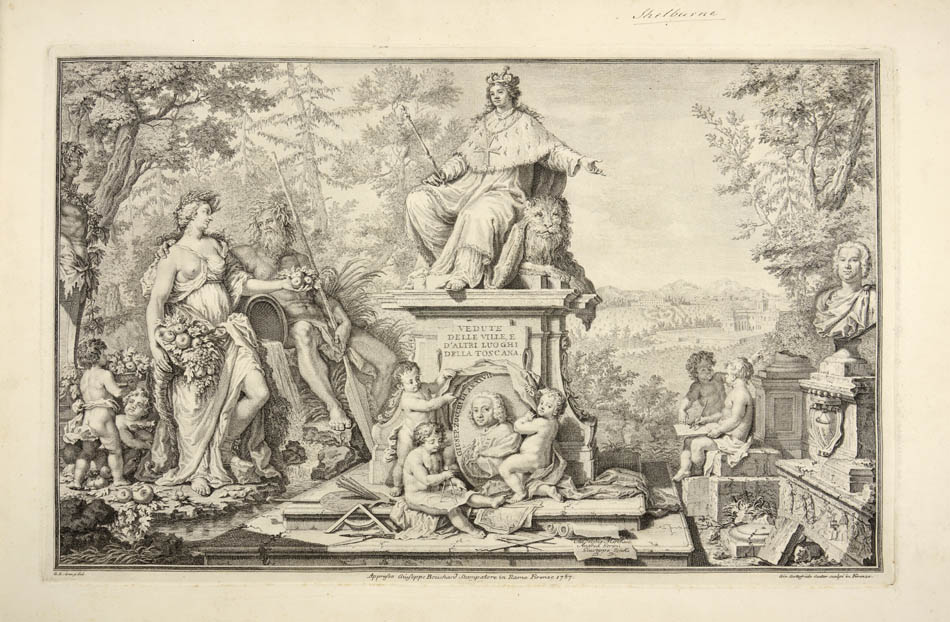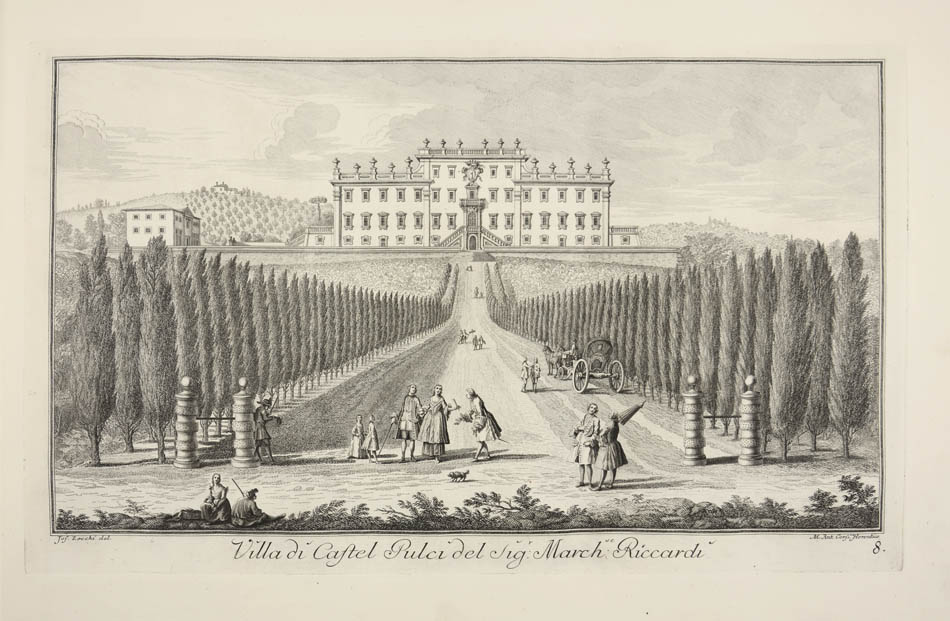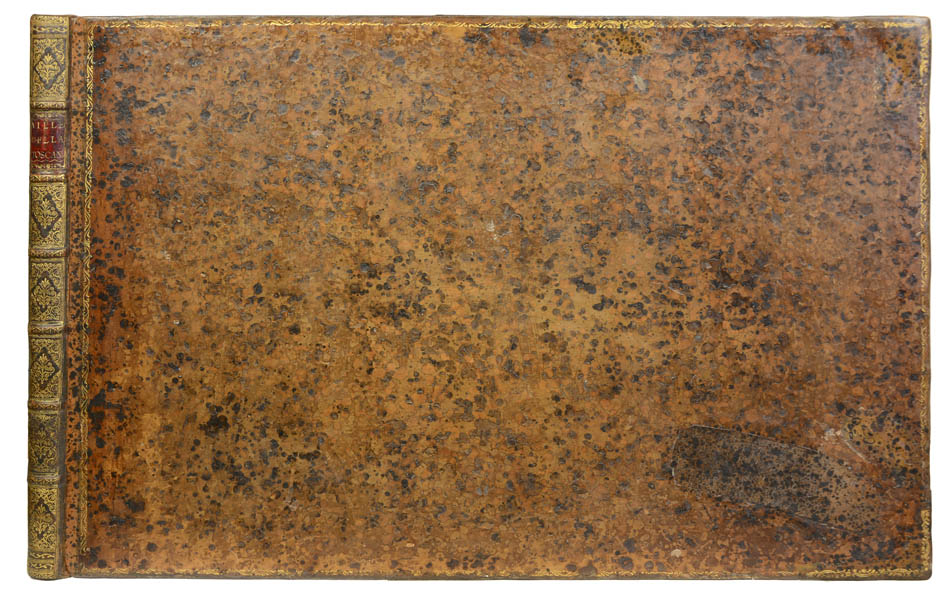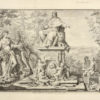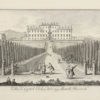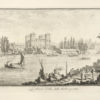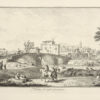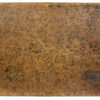Complete set of the finest pictorial record of Tuscany in the XVIII century – a fine example.
Zocchi (1711-67), a painter, draftsman, and etcher, was the protege of Gerini, who commissioned these prints and also paid for Zocchi's artistic education in Rome, Bologna, and Lombardy. Although he made easel and mural paintings, Zocchi's oeuvre is richest in drawings and prints.
The third (second Bouchard) edition. The first was published in 1744 and a second (Bouchard's first) in 1754. The fine plates show Tuscan villas set in gardens and the surrounding bucolic landscape. The scenes are enlivened by human and animal activity, often of a humorous nature: a man fights to control his cloak whilst his hat is whisked away by a Tuscan hill-top wind. To the more discerning viewer, the work is a powerful example of political art with the engravings carrying pro-Tuscan, and specifically pro-Florentine, messages.
After the death of Grand Duke Gian Castone in 1737, the duchy devolved to a regency under imperial command, which caused tensions with the local nobility. These views provide a stocktaking of Tuscan villas during this period alongside efforts to balance the differing aims of the Imperial court, the resident government, and the local owners. Thus bridges illustrate the good transportation network of Tuscany; the fortifications in the background demonstrate the security of the land; and the activities of local inhabitants along the shores of the Arno prove their industriousness and the serenity of country life.
Description
Landscape folio (390 x 58 cm), etched title and 50 etched and engraved plates of the villas of Tuscany after Zocchi by Piranesi and others, mostly Italian, occasional very minor soiling, contemporary mottled calf, spine gilt, red morocco label, neat repairs to joints and edges.
Provenance: Emily, Countess of Shelburne, later Marchioness of Lansdowne (1819-1895; book label and ink ownership inscription to title margin).
Bibliography
Millard, Italian Books, 169; Berlin Katalog 2701.

![[ARCHITECTURE] - Архитектура СССР [и] Строительство Москвы.](https://mayfairbookauctions.com/wp-content/uploads/2019/06/MBA004-1-100x100.jpg)
